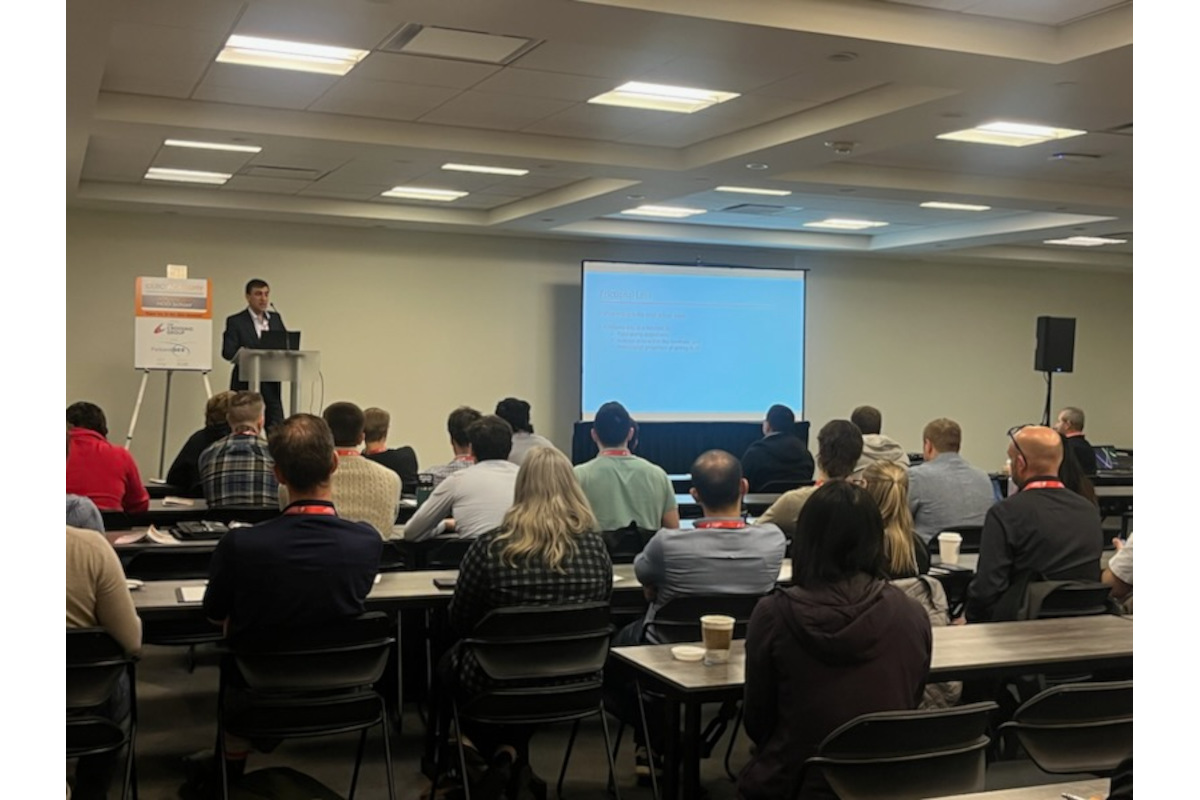Directional Drilling Used to Install Michigan Force Main

The Michigan engineering firm of Fleis & Vandenbrink Engineering Inc. planned the construction of two pumping stations for the sewage, as well as the path in which it would flow to make it across the river.
Pumping station No. 1 would pump 1,200 gallons per minute (gpm), then, 2.5 miles away; pumping station No. 2 would pump 5,500 gpm to its final destination.
Hampton Township received a $4.775 million grant and a $13.224 million loan to cover the total cost of the $18 million project, which called for 27,600 lf of force main to be installed that ranged from 12 to 28 in. in diameter. Fleis & Vandenbrink knew the entire project needed to be directionally bored and the project was put up for bid accordingly.
The larger and more difficult part of this job was installing large force main north from pumping station No. 2,
through the City of Essexville, underneath the Saginaw River, below well-established railroad tracks and finally to the West Bay County Wastewater Treatment Plant. Winning that difficult duty was long-time driller, Daniel Dilegge of D.V.M. Utilities from Sterling Heights, Mich. D.V.M. began this project in May 2010 and completed it in September.
Dilegge has been a part of his family business for most of his life after his grandfather started it in the 1940s with water and sewer work. His father branched into telecommunications work during the 1970s, teaching him about underground construction, as well as encouraged him to obtaining a degree in civil engineering. As time progressed and the needs of communities grew, D.V.M. began to use the directional drilling process in the 1990s doing cable and eventually bigger bores with pipe for water main and sewer jobs. D.V.M. has grown to more than 30 employees and owns/runs several directional drills to compete in Michigan’s utility market performing water and sewer work, as well as conduit, cable and fiber-optic installation.
In order to complete this enormous task in Bay County, Dilegge researched equipment and HDD manufacturers to purchase the piece he thought could handle the needs and issues of this project. Up to this point, 20-in. pipe was the largest D.V.M. had bored but this job needed more power for 24- and 28-in. HDPE. After a plant tour and meetings with the helpful staff, Dilegge decided upon an American Augers DD210 earlier this year. Ultimately, it was bigger to pull the distance. In addition to five Vermeer rigs, Dilegge owns other American Auger machines: a DD25 his father purchased in 1995 and a DD6 he still uses. The DD25 still works great and is used for unique circumstances to this day.
This particular DD210 is not the traditional “American Augers Blue,” but was custom-painted for another customer in bright green. Affectionately known to the American Augers staff as “the Mountain Dew Machine,” Dilegge commented that the machine’s color made no difference to him because after all the work it did, it was usually brown and gray from the Michigan dirt.
Gary Bartow, project manager for this project from Fleis & VandenBrink Engineering, determined the job called for directional boring methods over traditional open-cut for several reasons: (1) There was a need for minimal disruption to the residents living along Burns Street from mud and dust; (2) the force main needed to be installed well below existing utilities; D.V.M. and the American Augers DD210 did it at a depth of 18 ft; (3) no one wanted to disturb the beautiful mature trees along the streets; (4) open-cut would have required complete pavement restoration the entire distance of the job adding additional costs; and (5) time for open-cut vs. directional bore was three times as long.
Antonio Cavaliere, site project manager for D.V.M, stated their portion of the Bay County job included 5,000 ft of 20-in. pipe, 1,500 ft of 24-in. pipe and 1,600 ft of 28-in. pipe — all of which are HDPE with another 4,000 ft of 24-in. PVC. The American Augers DD210 also helped other contractors on the job with some 28-in. pipe at the treatment plant and 2,200 ft of 12-in. in a single shot.
One of the most difficult and important accomplishments of this particular job was boring under the Saginaw River. It was 1,500 ft long and 75 ft deep. Dilegge did not want to chance doing it with an 80,000- to 100,000-lb machine and his new DD210 did it nicely. The torque came in handy to get through that tough river clay.
Thomas McDowell, P.E., senior environment engineer for the state of Michigan, said the trenchless technology involved with this project was “amazing” and “very environmentally friendly.” The Saginaw River is a main artery for ships heading into and out of Lake Huron and because of the horizontal directional drilling used, the sewer pipes would remain undisturbed from river dredging and not cause navigational hazards.
Other D.V.M. project accomplishments included completion of a 2,500-lf bore, local traffic was maintained throughout the entire project and the City of Essexville never received any residential complaints.
Dilegge commented that the overall project was tight. The 20-in. bore was down a residential street and his DD210 handled the distance needed so as not to obstruct driveways. In fact, only two driveways were blocked fully out of more than 200. The tightness of the job made it hard to place and stage pipe. But once the hard clay was bored, there is now a sturdy and long-lasting tunnel.
Kelly Foos is marketing manager at American Augers, based in West Salem, Ohio.




